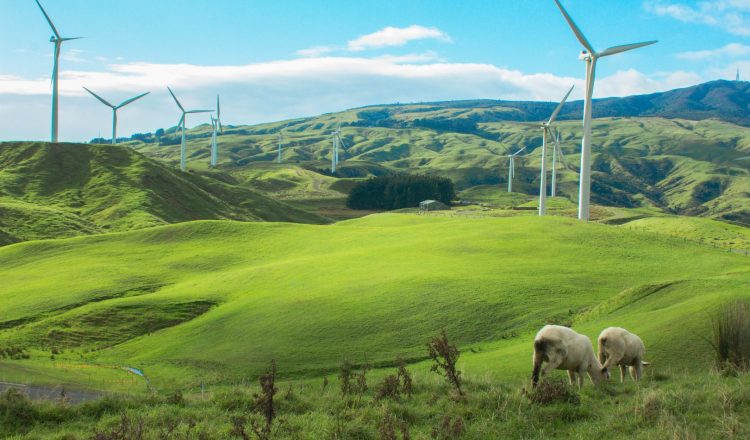Mobile phone
- Spark
- Vodafone
- 2Degrees
There are also a lot of smaller operators that rent the towers from the main NZ operators and sell their plans at a discounted price:
- Skinny Mobile (Spark Network)
- Warehouse Mobile (2Degree Network)
- Compass (Spark Network)
- Blue Sky (Spark Network)
- Slingshot (Spark Network)
Locked Phones
If you have bought your phone through a cellphone carrier back in your home country, then you will have to make sure that they unlock your phone so you can use it overseas and with other networks. Be aware that some mobile companies will have fees or terms and conditions forbidding you to do so. In that case, you have two choices:
- Unlock it through a third party unlocker (This will break your warranty)
- Buy a new phone for your trip in New Zealand. In that case, we suggest you get yourself a “cheap as” cellphone when landing in New Zealand, this will help you save money on hefty internet bills and you won’t be crying too much when you break it during a hike.
The New Zealand Phone Networks Coverage and Network Speed
New Zealand has three main cellphone operators that share the market: Spark, Vodafone and 2Degrees. Aside from the difference in technologies used by Spark, Vodafone and 2Degrees, there is also a considerable difference in coverage.
First things first, the coverage in New Zealand is usually stated with this kind of statement: “Covers 90% of places where Kiwis work and play.” This means that a network may only cover 50% of the country but 90% of the place where the population lives.
- Spark: Covers 98.5% of places where kiwi work and play
- 2Degrees: Covers 98.5% of places where kiwi work and play
- Vodafone: Covers 98.5% of the New Zealand population
New Zealand Cellphone Network Speed
It is also worth noting that any operators using the Spark mobile network usually have the fastest speed internet due to the new XT-4G network rolled out by Spark which is faster than 4G. Vodafone is not far behind on the mobile network speed with a good number of LTE-A sites and 28 sites of 4G Band. All three netowrk providers are currently rolling out 5G.
Cellphone Plan Terminology:
- Prepay: This is a type of phone plan that has no contract. You pay as much or as little in advance towards your phone bill.
- Plan: It is a general term for the offer that you will be using to use your phone. It is often monthly but can also be weekly.
- Pay as you go: Paying per text, call, data usage at a flat rate. It is the opposite of a “plan”.
- Combo:It is a type of Prepay Plan. Each cellphone carrier offers multiple combos of their prepay offer to suit different needs. Combos are also known as “Bundles”, “Value Packs” or “Packs”.
- Add-On: An Add-On is an extra small bundle added to a Combo to complement it. For example you are running out of data before the end of a month, you can get an Add-On of data.
Mins, Texts, Data
- Mb: Mb stands for MegaBytes, this is the unit of measure for any data charge on a plan. If a plan includes 1gb of data, this equivalent to 1000mb.
- Min: Min stands for “Minutes”. This is the unit of measure for any call charge on a plan. If a plan includes 1 hour, this equivalent to 60 minutes. Note that all mins mentioned are minutes spent calling New Zealand numbers, not overseas.
- Text: Those are text messages sent from one phone to the other. Be aware that picture texts are called MMS and do not fit in this category.
- When are you charged? In New Zealand, you will only be charged a minute or a text when you are calling or texting somebody. You are not charged when receiving a phone call or a text.

















































